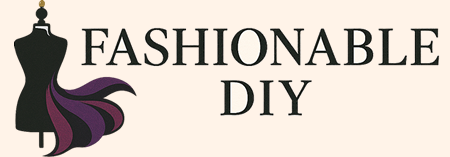Transforming Old Garments into Trendy Outfits: A Sustainable Guide
Techniques for Restyling Pre-Loved Clothes
Old garments offer endless possibilities to create trendy outfits when enhanced with creativity and attention to detail. Refining styling methods and playing with proportions can rejuvenate pre-loved clothes.
Styling Tips for a Modern Look
Incorporating modern fashion elements into vintage pieces requires strategic coordination. Mixing old and new seamlessly can enhance an outfit’s visual appeal. Adding contemporary accessories, like a minimalist belt or a striking necklace, can update an otherwise understated outfit.
Color coordination plays an essential role in modernizing vintage clothing. Pairing items with current color trends can enhance an outfit’s overall aesthetic without extensive modifications. Opt for vibrant hues or soft pastels to achieve diverse looks suitable for various occasions.
Paying attention to textures brings a new edge to older clothes. Blending different fabrics, like silk with denim, adds depth and interest. Simple modifications, like rolling sleeves or tucking a shirt differently, can create a fresh silhouette with minimal effort, transforming the garment into a statement piece.
Adjusting Proportions and Layering
Altering the fit of pre-loved garments can significantly change their style. An oversized shirt can be cinched at the waist to create an hourglass silhouette. Shortening a long skirt to knee-length gives it a more modern, versatile look.
Layering adds dimension and variety to an outfit, making it suitable for different settings. Pairing a tailored jacket over a vintage dress can add structure and sophistication. Mixing oversized and fitted pieces harmoniously can create dynamic outfits that appear thoughtfully curated.
Addressing imperfections is vital when restyling old clothes. Hiding or emphasizing these features creatively can contribute to the unique character of the garment. Strategically placed decorative patches can both repair and elevate a worn piece.
The Role of Brands in Promoting Circular Fashion
Brands are pivotal in championing circular fashion by reshaping how consumers perceive and engage with sustainable practices. Embracing ethical production and transparent communication, companies can significantly lower carbon emissions and encourage sustainable habits.
Supporting Ethical Brands and Responsible Consumption
Highlighting the initiatives taken by ethical brands is crucial. These brands prioritize sustainable materials and processes, often leading to reduced environmental impact. Companies like Reformation have set benchmarks in using eco-friendly fabrics and maintaining traceability in their supply chains.
Brands can influence consumer behavior by fostering responsible consumption. This includes promoting product longevity through well-crafted pieces that encourage repairs and recycling over disposal. Transparency in sourcing and production methods enhances accountability. Such practices contribute to a culture where customers are more informed, opting to invest in quality over quantity, ultimately supporting the sustainable fashion movement.



